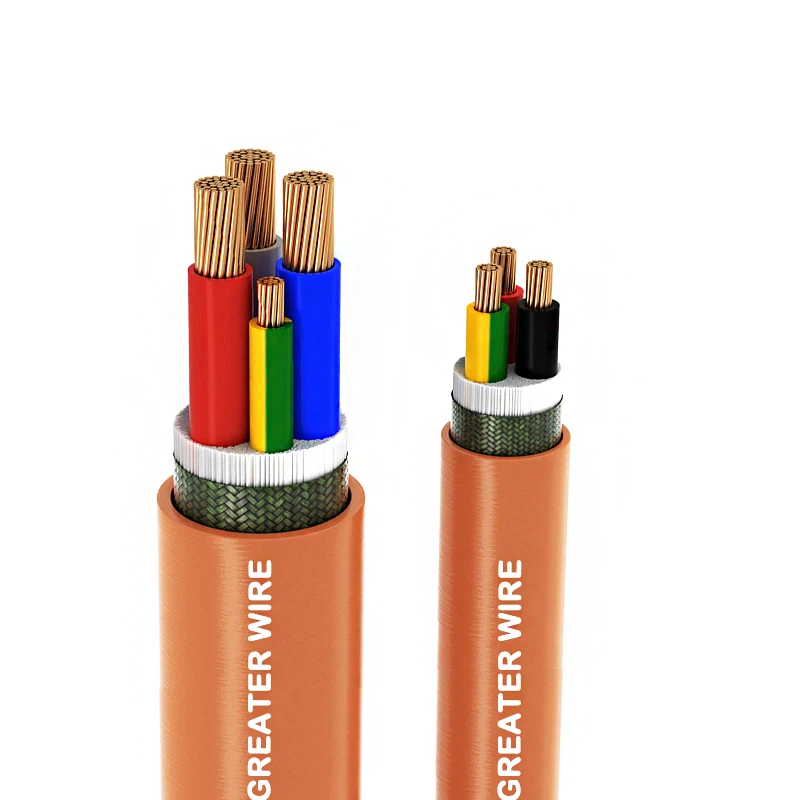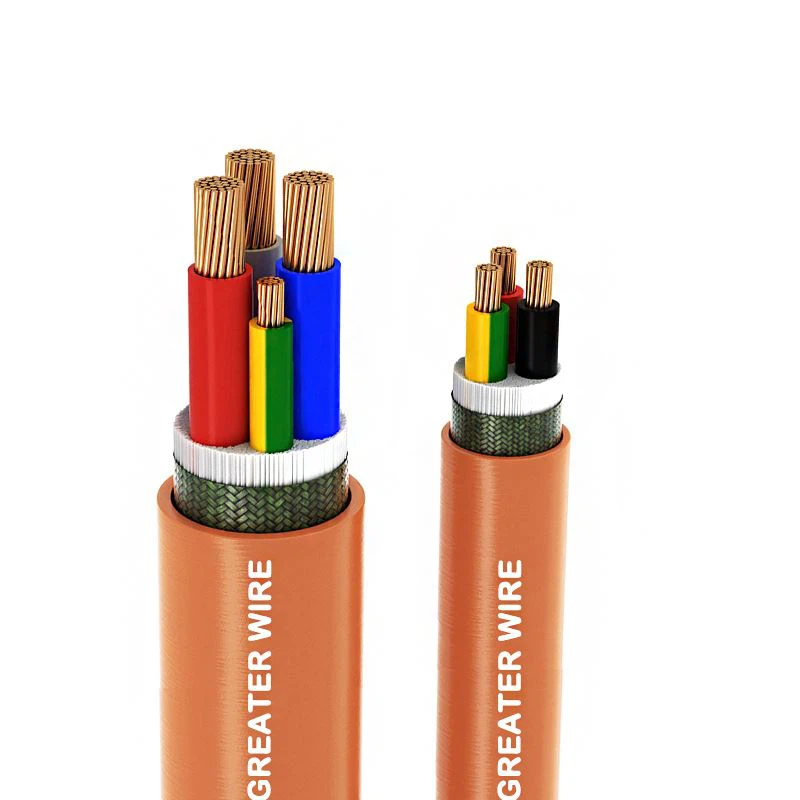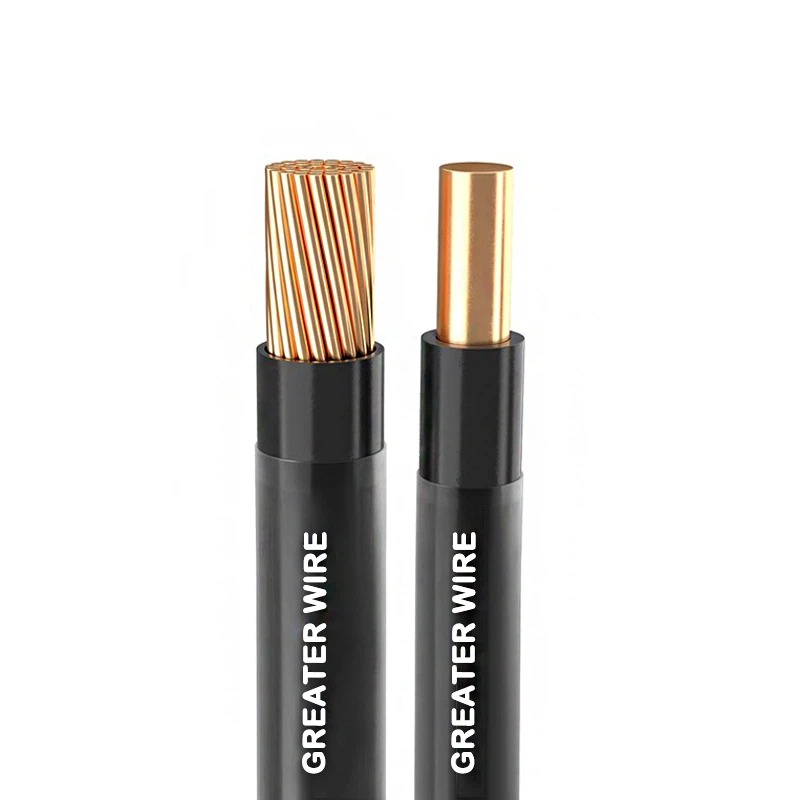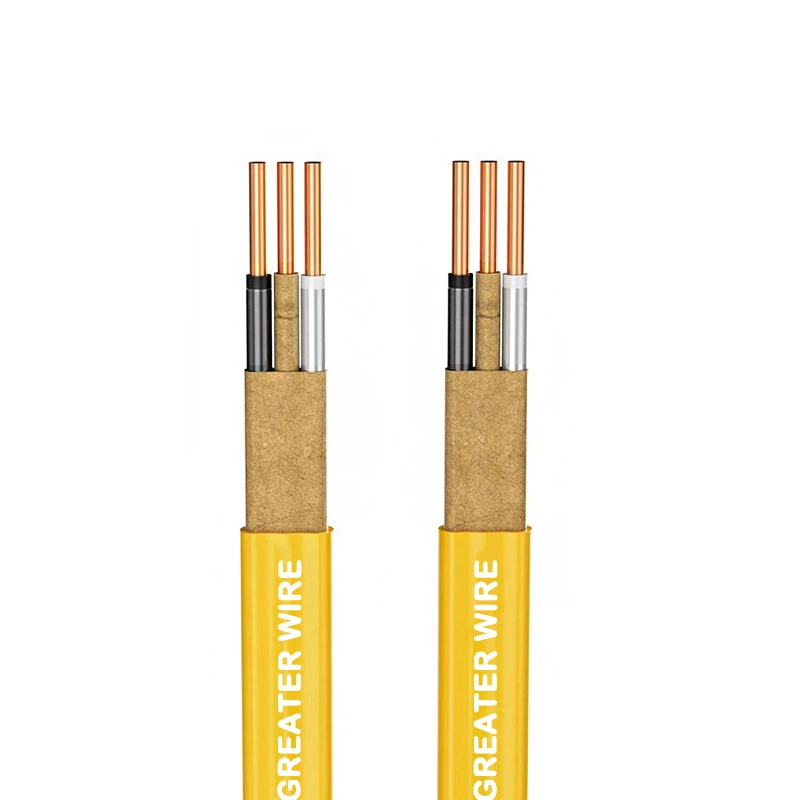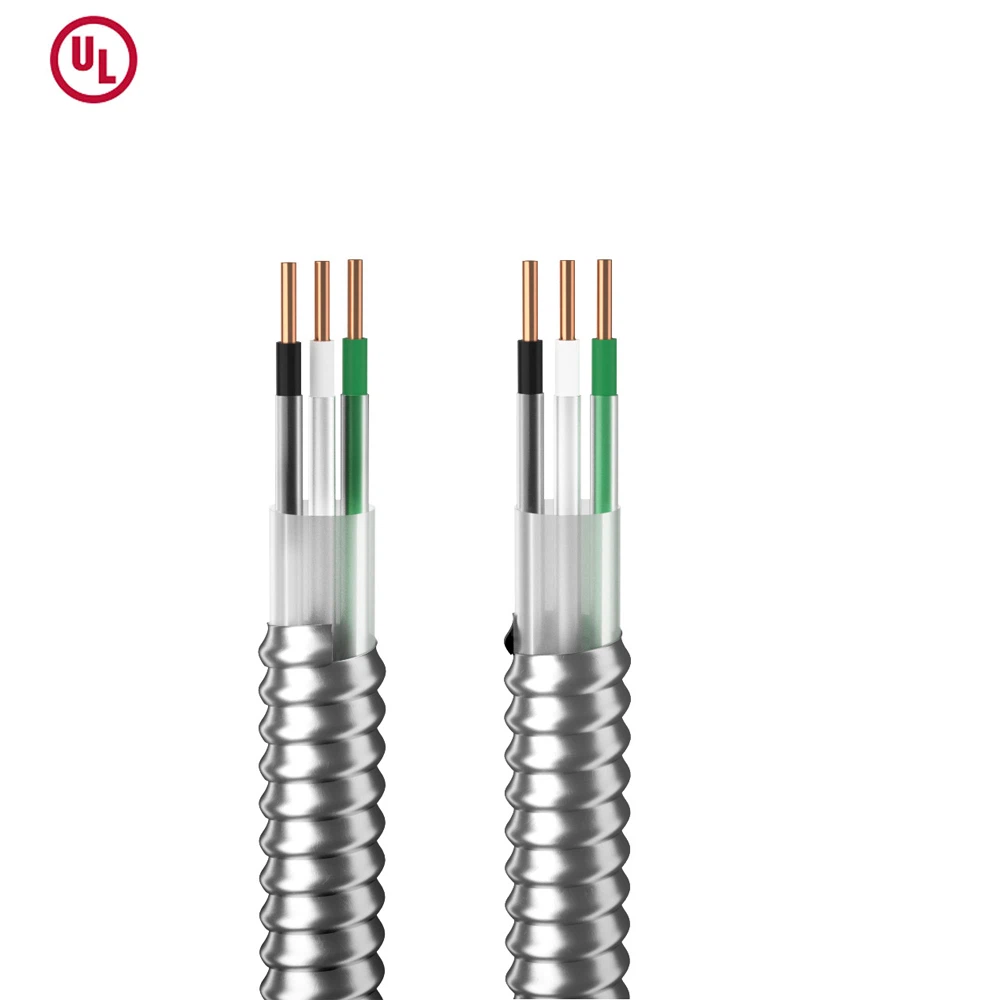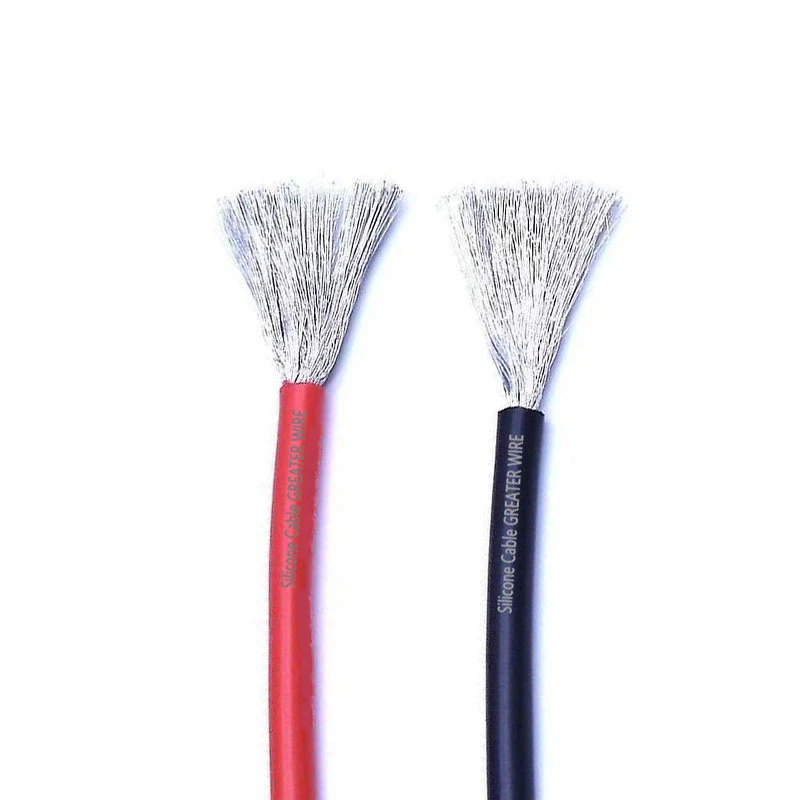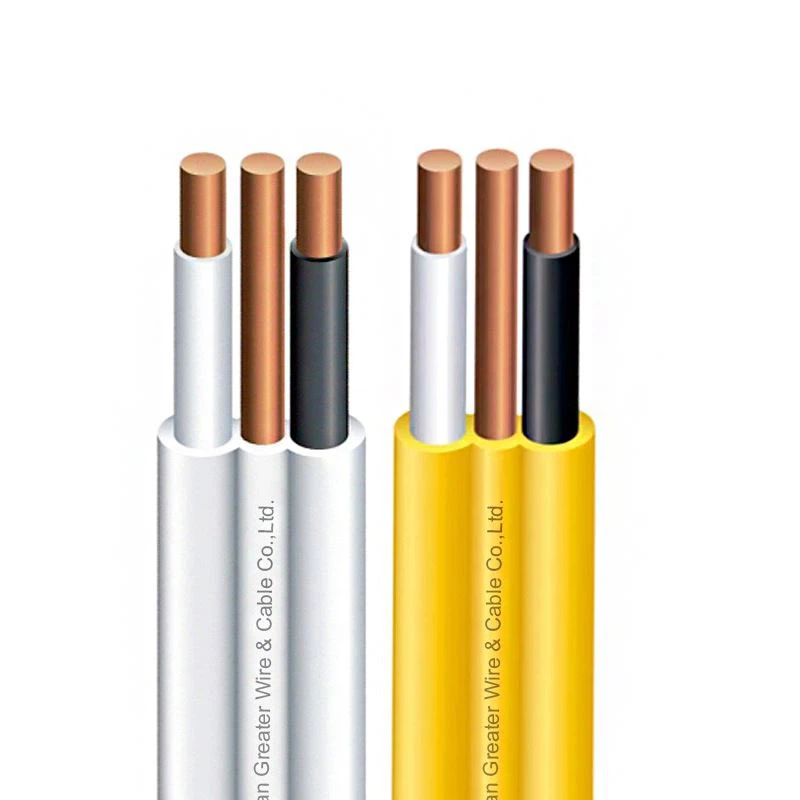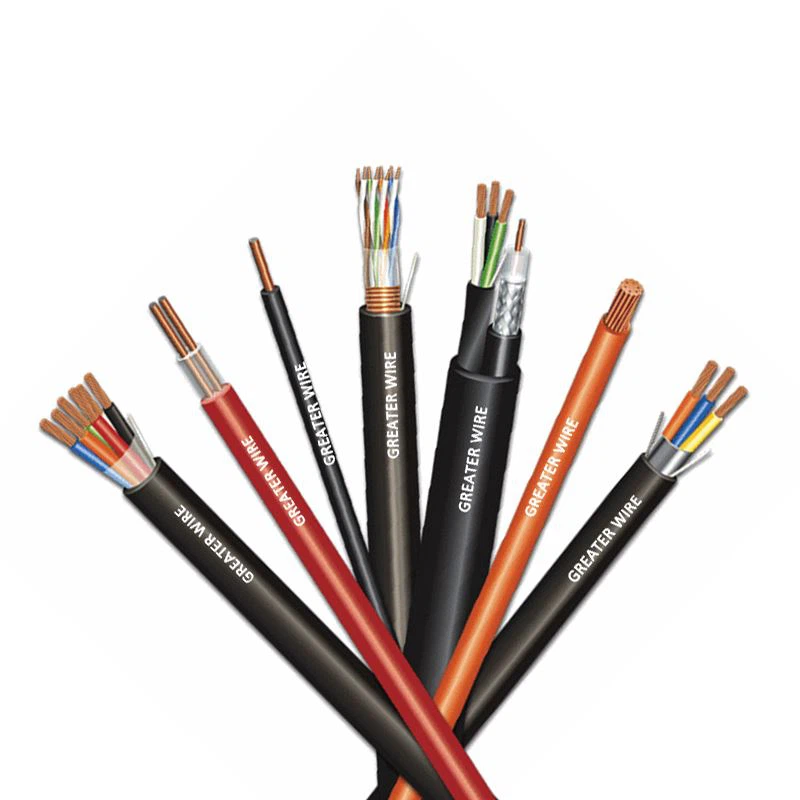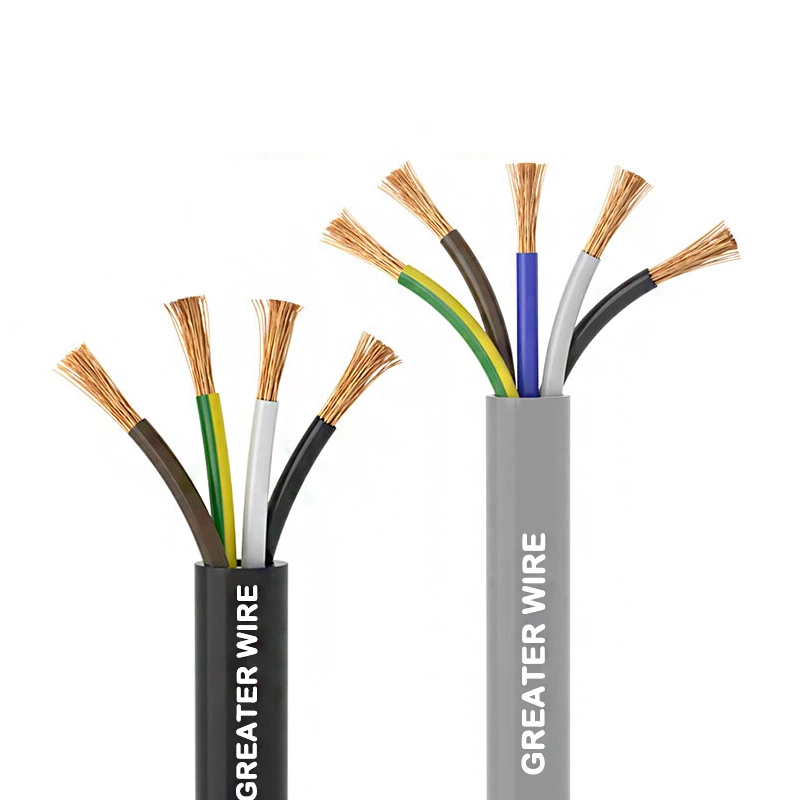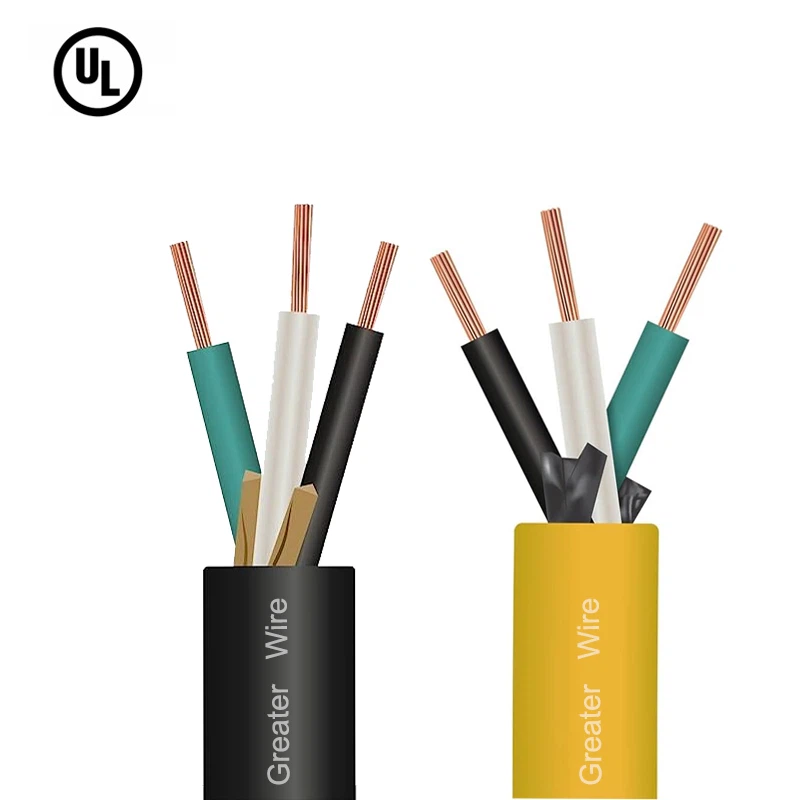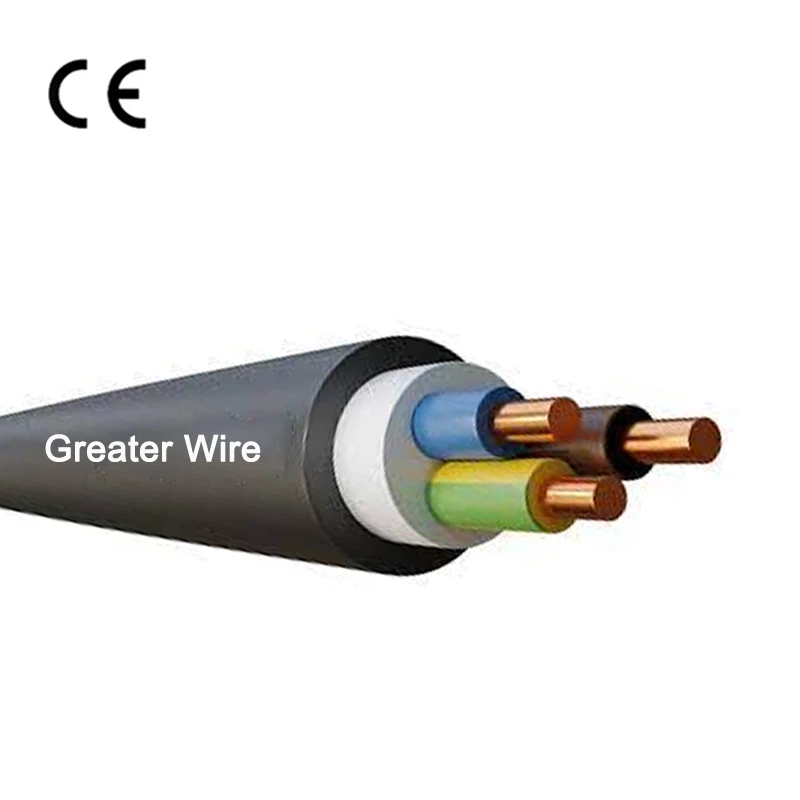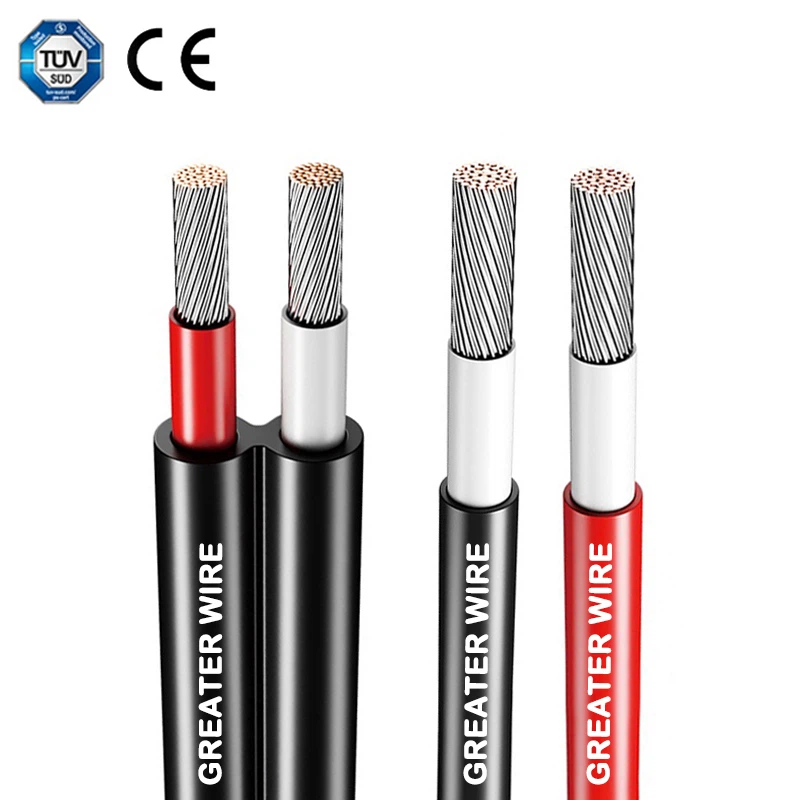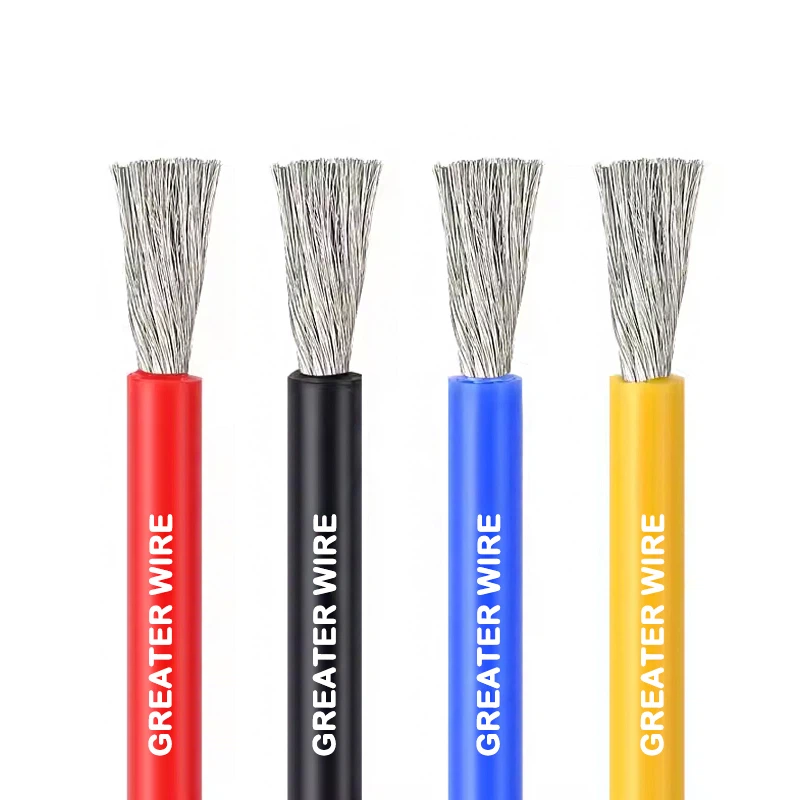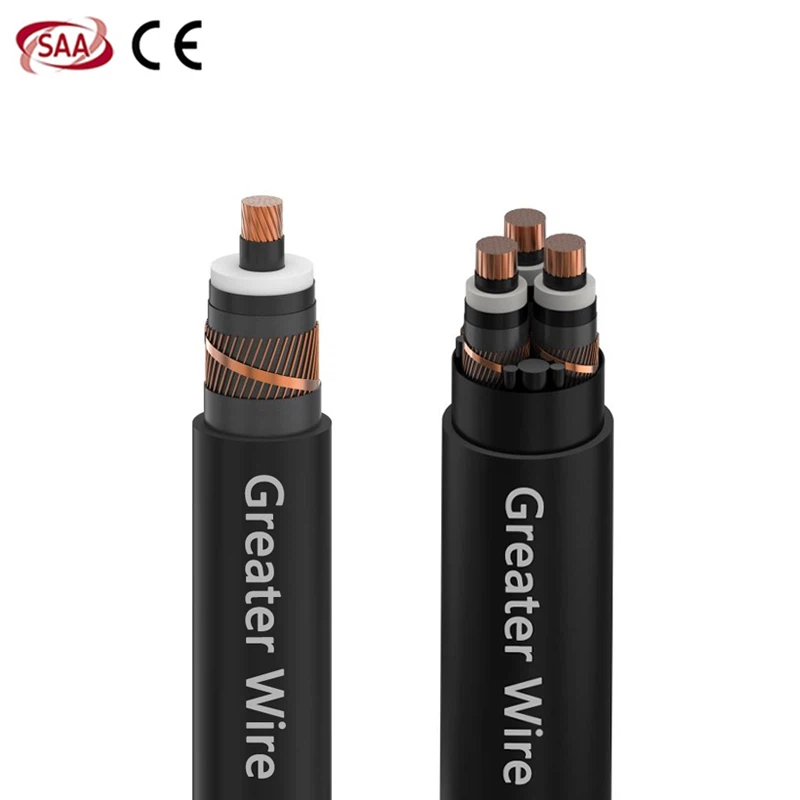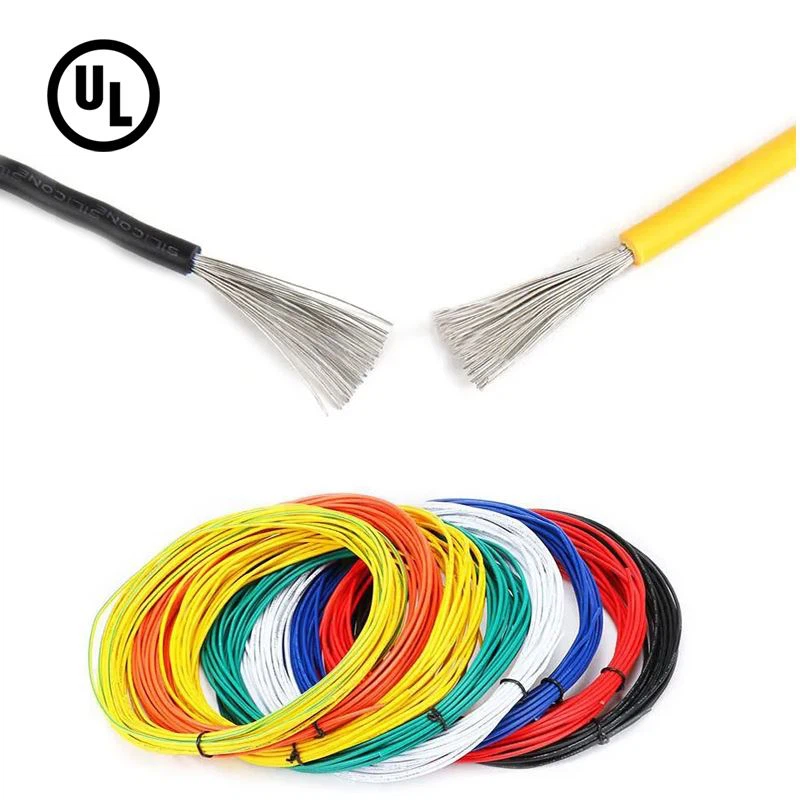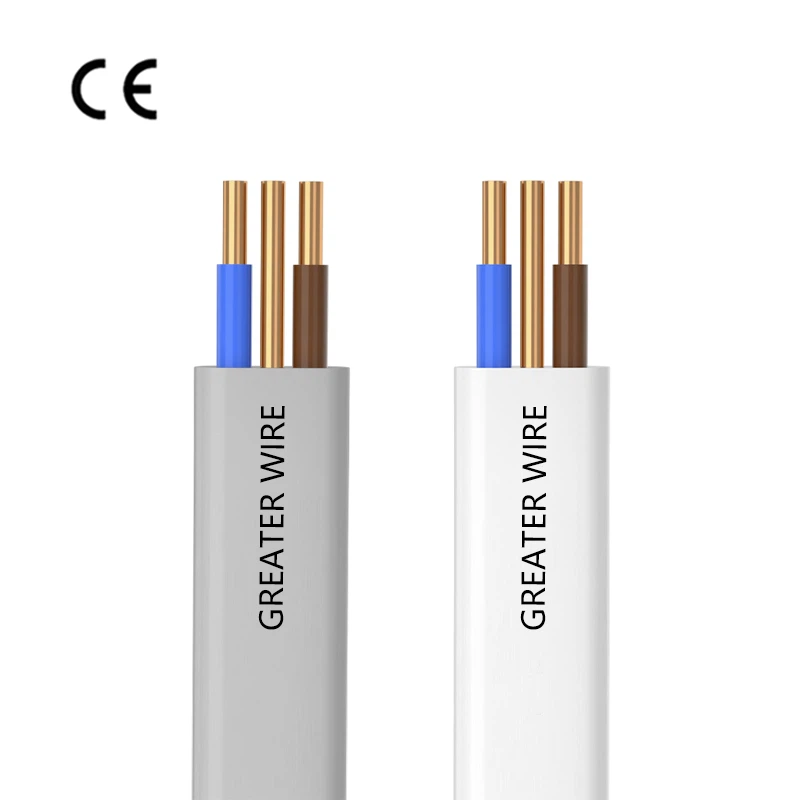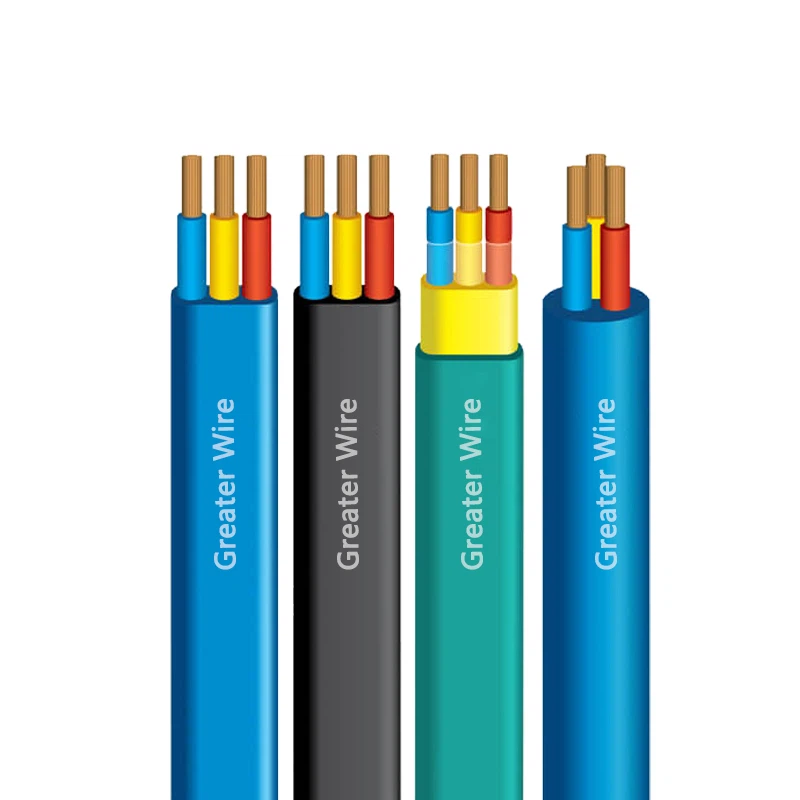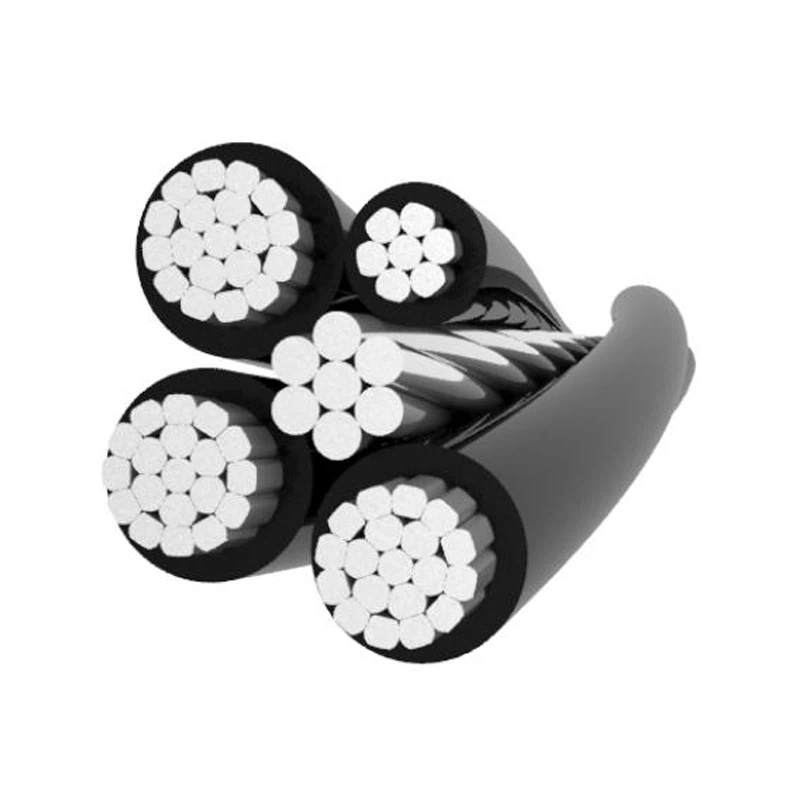With the continuous development of solar energy technology, photovoltaic power generation systems have become an important part of the global energy structure transformation. As a key component connecting photovoltaic modules, inverters and power grids, the performance of solar cables directly affects the overall efficiency and safety of photovoltaic systems. In solar energy systems, cables usually need to be exposed to outdoor environments for a long time and face the challenges of various natural environmental factors. Therefore, the weather resistance of solar cables is one of the important criteria for their design and selection. This article will discuss the weather resistance of H1Z2Z2-K cables in detail and analyze their application performance in outdoor photovoltaic systems.
1. Weather resistance requirements for solar cables
Solar cables need to operate stably under various climatic conditions, especially in outdoor environments, where their weather resistance is crucial. Cables with strong weather resistance can maintain their physical and electrical properties under environmental factors such as extreme temperatures, ultraviolet radiation, and high humidity. Specifically, the weather resistance requirements for solar cables include:
UV resistance: Photovoltaic cables need to be exposed to sunlight for a long time, and ultraviolet (UV) radiation is one of the main reasons for the aging of cable materials. Therefore, the outer sheath material of solar cables needs to have good UV resistance to prevent UV rays from causing cable aging, embrittlement or loss of insulation.
Temperature resistance: Solar cables must be able to withstand extreme changes in high and low temperatures, especially in direct sunlight or cold weather conditions.
Moisture resistance: The outside of the cable is often exposed to rain, moisture or humid environments, so its material should have good waterproof and moisture-proof properties to prevent short circuits or electrical failures inside the cable.
Mechanical damage resistance: Cables are often subjected to external physical impact or friction, especially cables installed underground or exposed to outdoor wind and sand environments. Therefore, the outer sheath material of the cable needs to have a certain mechanical strength to resist physical damage.

2. Weather resistance analysis of H1Z2Z2-K cable
H1Z2Z2-K cable is a high-performance solar cable widely used in photovoltaic systems. It is specially designed for outdoor environments and has many weather resistance properties that enable it to adapt to various harsh environmental conditions. Here are the outstanding performances of H1Z2Z2-K cable in terms of weather resistance:
UV resistance: H1Z2Z2-K cable adopts high-quality cross-linked polyethylene (XLPE) outer sheath material, which has excellent UV resistance. Under long-term solar radiation, cross-linked polyethylene can effectively resist the damage of ultraviolet rays and prevent material aging and physical property degradation. According to the requirements of European standard EN 50618, solar cables should be able to withstand at least 2000 hours of UV radiation, and H1Z2Z2-K cable has undergone rigorous UV aging tests and can easily meet this standard. Its outer sheath will not become brittle or discolored when exposed to sunlight for a long time, ensuring the long life and high reliability of the cable.
Temperature resistance: H1Z2Z2-K cable has an operating temperature range of -40°C to +90°C and can operate stably under extreme temperature conditions. This means that whether in the hot summer or the cold winter, H1Z2Z2-K cable can ensure the normal power transmission of photovoltaic systems. In high temperature environments, the outer sheath of the cable will not deform or melt due to high temperature; in low temperature environments, it can still maintain good flexibility and will not crack or break.
Moisture resistance: The outer sheath of the H1Z2Z2-K cable uses a waterproof cross-linked polyethylene material, which can effectively prevent moisture from penetrating into the cable. The insulation performance of the cable will not be affected when exposed to moisture or rain for a long time. In addition, the high-density structure of the cross-linked polyethylene material can effectively resist corrosion and aging in humid environments, thereby extending the service life of the cable.
Mechanical damage resistance: The outer sheath of the H1Z2Z2-K cable has strong mechanical strength and can resist physical damage. In photovoltaic systems buried or installed in harsh environments, the cable may be subject to external friction, impact or compression. The outer sheath of the H1Z2Z2-K cable can effectively protect the cable from damage by these external forces, ensuring the stability and safety of the cable in long-term use.

3. Application of H1Z2Z2-K cable in outdoor photovoltaic system
Due to its excellent weather resistance, H1Z2Z2-K cable is widely used in outdoor photovoltaic systems, especially those that need to be exposed to sunlight, wind and rain for a long time. In photovoltaic power generation systems, the main function of cables is to connect photovoltaic panels, inverters and battery energy storage devices. The weather resistance of cables not only directly affects the stability of power transmission, but also the overall safety of the system. The excellent weather resistance of H1Z2Z2-K cable makes it an ideal choice for outdoor photovoltaic systems.
Photovoltaic systems for high temperature areas: In areas with strong sunlight, cables need to withstand the test of high temperature environments. H1Z2Z2-K cables can operate stably under high temperature conditions to avoid cable damage or failure caused by high temperature. Therefore, H1Z2Z2-K cables are suitable for photovoltaic systems in high temperature environments such as deserts and tropical areas.
Photovoltaic systems for humid and rainy areas: In humid and frequent rainfall areas, the waterproofness and moisture resistance of cables are particularly important. H1Z2Z2-K cables use a cross-linked polyethylene outer sheath with waterproof properties, which can effectively prevent moisture or corrosion inside the cable. Therefore, H1Z2Z2-K cable is very suitable for use in this environment.
Photovoltaic systems used in harsh windy and sandy environments: In areas with strong winds and sand, cables are often exposed to sand and dust and may be mechanically damaged or worn. The high-strength outer sheath of H1Z2Z2-K cable can effectively resist the erosion of sand and dust, prevent damage to the cable surface, and thus improve the reliability of the photovoltaic system.

4. The impact of weather resistance of solar cables on system safety
The weather resistance of solar cables directly affects the safety and stability of photovoltaic systems. If the weather resistance of the cable is poor, long-term exposure to harsh environments may cause the cable to age, break or fail, causing electrical failures and even safety hazards such as fire. With its excellent weather resistance, H1Z2Z2-K cable can operate stably in various extreme environments to ensure the normal operation of the photovoltaic system.
Reduce the failure rate: The stronger the weather resistance of the cable, the slower its aging process and the lower the probability of failure. H1Z2Z2-K cable can effectively resist the influence of environmental factors such as ultraviolet rays, temperature changes, and humidity, thereby reducing the risk of electrical failures in photovoltaic systems.
Extend the life of the photovoltaic system: Highly weather-resistant cables can effectively delay the aging process of the photovoltaic system and extend the service life of the system. The excellent weather resistance of the H1Z2Z2-K cable ensures the reliability of the photovoltaic system in long-term operation, reduces the frequency of maintenance and cable replacement, and reduces long-term operating costs.

5. Future development trend: Advances in solar cable weather resistance technology
With the continuous advancement of photovoltaic power generation technology, the weather resistance technology of solar cables is also developing. In the future, solar cables will pay more attention to environmental adaptability to meet the use requirements under various extreme climate conditions. New weather-resistant materials, intelligent monitoring technology and efficient production processes will further improve the weather resistance of solar cables.

